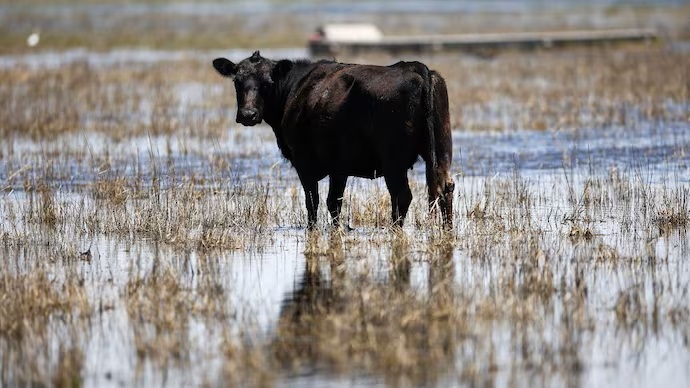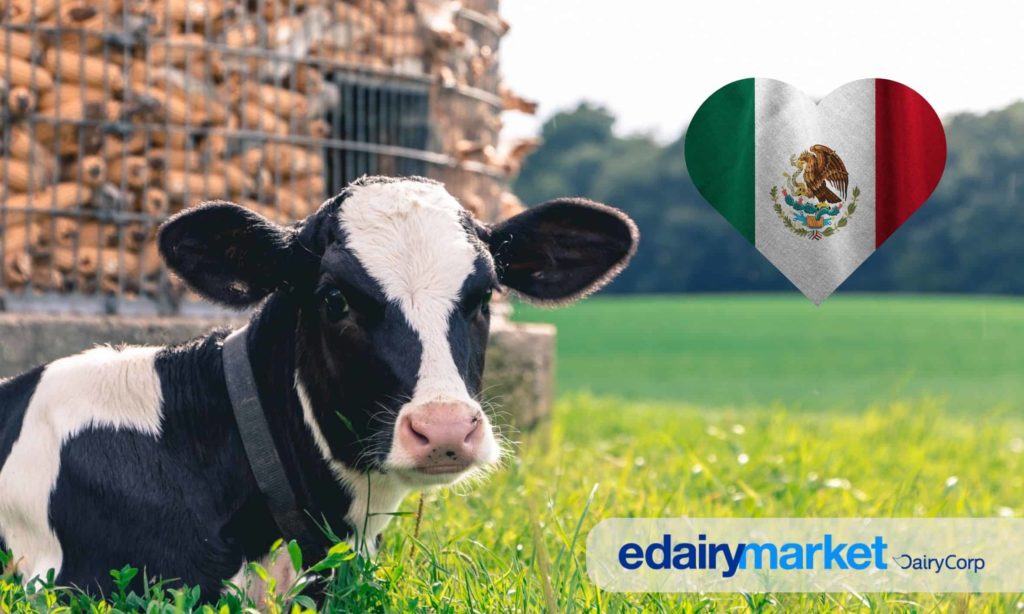
Scientific consensus confirms how standard thermal processing protocols mitigate the negligible transmission risk in the global dairy supply.
Recent regional health scares, fueled by high-profile incidents such as those reported in Gorakhpur and Gujarat, have prompted global questions regarding the potential zoonotic risk associated with milk sourced from rabid cattle. For the international dairy sector, where consumer trust and food safety are paramount, clarity is essential. The core inquiry for producers and manufacturers centers on whether the highly infectious rabies virus (Lyssavirus) can breach the protective barriers of the milk supply chain and present a genuine risk to human health via consumption.
Scientific consensus firmly establishes that rabies is a neurological disease transmitted through the infected animal’s saliva, typically via a bite, leading to the virus’s concentration in the nervous system. The evidence suggests that even in a severely infected animal, the presence of the virus in the milk itself is extremely rare and, if present, occurs only in minimal, low concentrations. This crucial distinction significantly minimizes the initial risk factor for dairy processors handling the raw product, providing the first line of defense against transmission.
The primary safeguard for consumers lies in the universal application of heat treatment. The rabies virus is notoriously susceptible to thermal inactivation. Experts confirm that standard commercial pasteurization protocols, or even the practice of boiling milk in a domestic setting, are highly effective, instantly destroying the virus. This processing step serves as a comprehensive and near-absolute barrier against viral transmission, transforming the raw product into a safe consumable commodity regardless of the cattle’s health status.
However, a theoretical, yet necessary, risk assessment remains for raw milk consumption. Consumption of unpasteurized milk from a rabid cow carries a minute, non-negligible risk, but only under highly specific conditions: if the consumer has a pre-existing lesion, open wound, or damage within the mouth or gastrointestinal tract. Such a break in the mucosal barrier could, in theory, allow direct entry of the virus into the bloodstream or nervous system, underscoring the necessity for robust regulatory controls on the sale and consumption of raw dairy products.
For dairy analysts and public health officials, the overarching takeaway is one of reassurance. The scientific data confirms that panic over milk consumption is unwarranted. When established dairy quality control and processing standards—specifically, thermal treatment—are consistently implemented, the risk of contracting rabies through processed milk is negligible to zero. This reaffirms the critical role of processing technology in maintaining the integrity and safety of the global dairy market.
Source: Find the complete scientific explanation for dairy professionals at India Today: https://www.indiatoday.in/india/story/can-rabid-cow-milk-infect-you-with-rabies-virus-here-is-the-truth-facts-explained-gorakhpur-scare-gujarat-cattle-death-dog-bite-2822551-2025-11-20
You can now read the most important #news on #eDairyNews #Whatsapp channels!!!
🇮🇳 eDairy News ÍNDIA: https://whatsapp.com/channel/0029VaPidCcGpLHImBQk6x1F

















